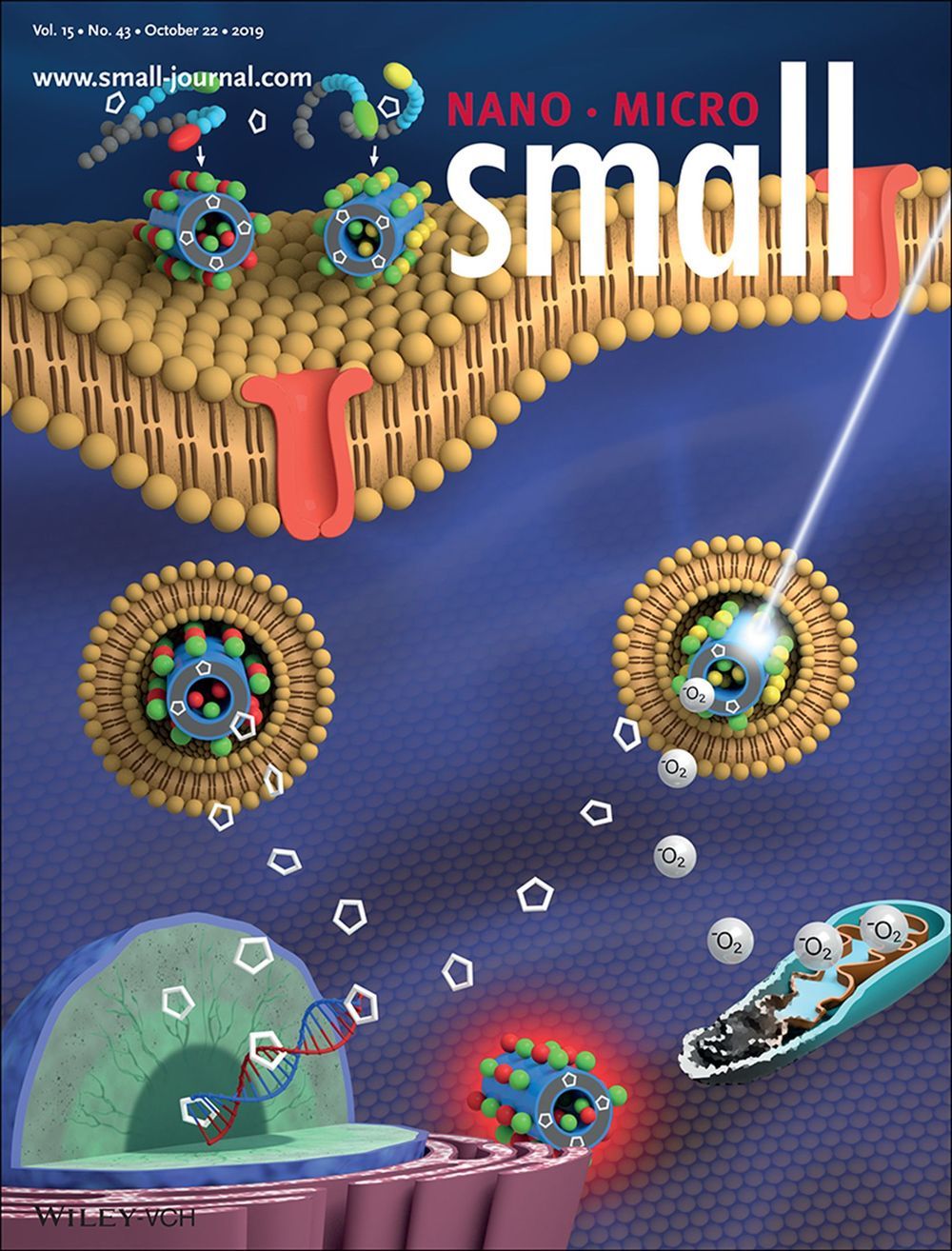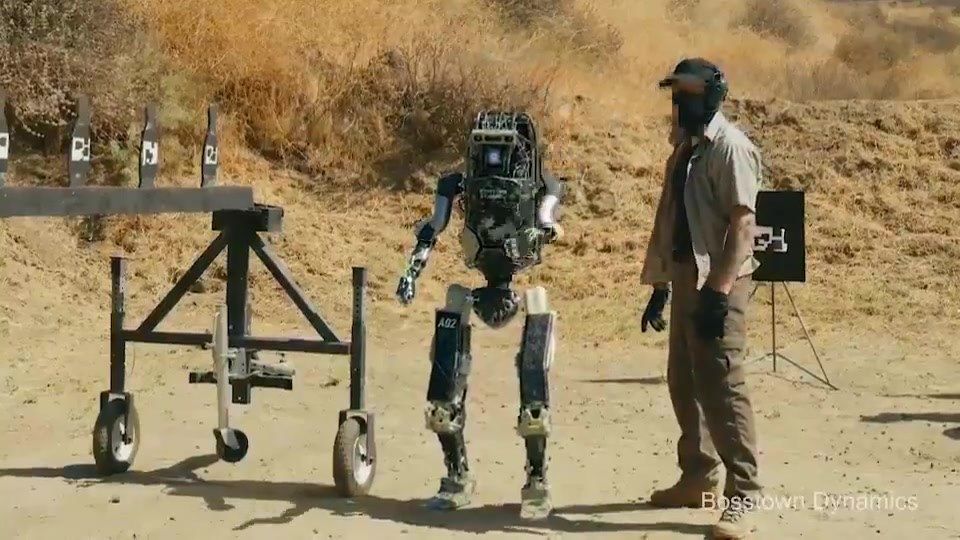A single logogram can express a simple thought (“Hi”) or a complex one (“Hi Louise, I’m an alien but I come in peace”).
The electric crossover SUV is planned to have around 300 miles of range and will “go like hell.” It will be revealed days before the LA Auto Show.
Summary: Entropy during consciousness is higher than during unconscious states. Source: Novela NeurotechConsciousness is one of the brain’s most enigmatic mysteries. A new theory, inspired by t.
A study claims a new way to detect and attack cancer cells using technology traditionally reserved for solar power as the results showcased dramatic improvements.
The results published in Scientific Reports said that dramatic improvements were seen in light-activated fluorescent dyes for disease diagnosis, image-guided surgery and site-specific tumor treatment.
“We’ve tested this concept in breast, lung cancer and skin cancer cell lines and mouse models, and so far it’s all looking remarkably promising,” said Sophia, Michigan State University’s (MSU) biochemistry and molecular biologist.
Immortality has gone secular. Unhooked from the realm of gods and angels, it’s now the subject of serious investment – both intellectual and financial – by philosophers, scientists and the Silicon Valley set. Several hundred people have already chosen to be ‘cryopreserved’ in preference to simply dying, as they wait for science to catch up and give them a second shot at life. But if we treat death as a problem, what are the ethical implications of the highly speculative ‘solutions’ being mooted?
Of course, we don’t currently have the means of achieving human immortality, nor is it clear that we ever will. But two hypothetical options have so far attracted the most interest and attention: rejuvenation technology, and mind uploading.
Like a futuristic fountain of youth, rejuvenation promises to remove and reverse the damage of ageing at the cellular level. Gerontologists such as Aubrey de Grey argue that growing old is a disease that we can circumvent by having our cells replaced or repaired at regular intervals. Practically speaking, this might mean that every few years, you would visit a rejuvenation clinic. Doctors would not only remove infected, cancerous or otherwise unhealthy cells, but also induce healthy ones to regenerate more effectively and remove accumulated waste products. This deep makeover would ‘turn back the clock’ on your body, leaving you physiologically younger than your actual age. You would, however, remain just as vulnerable to death from acute trauma – that is, from injury and poisoning, whether accidental or not – as you were before.
(CNN) — SpaceX is on a mission to beam cheap, high-speed internet to consumers all over the globe. And this week the company revealed a few earthly locations that are already linked to the network, including CEO Elon Musk’s house and the cockpits of a few Air Force jets.
It’s part of early testing for the 60 broadband-beaming satellites and two demo devices that SpaceX has already launched into orbit.
Eventually, the company wants to operate thousands of satellites that will circle the planet at about 300 to 700 miles overhead. The project is called Starlink, and if it’s successful it could forever alter the landscape of the telecom industry.
NASA’s Hubble Space Telescope and new mirror technology confirmed a mystery that could lead to a “new physics,” one astrophysicist said.
Harvard researcher says this inexpensive action will lower hospital infection rates and protect us for the flu season.
A precise and non-toxic treatment that targets lung cancer cells at the nanoscale is able to effectively kill the cells even at a low dose. Researchers from Washington State University and the Department of Energy’s Pacific Northwest National Laboratory (PNNL) used tiny tubes made from organic molecules called peptoids to deliver cancer-killing drugs in a targeted manner.
The biologically-inspired nanotubes, which are about a hundred thousand times thinner than a human hair, were rolled up from membrane-like nanosheets. The drug molecules, fluorescent dyes and cancer-targeting molecules were precisely placed within the nanotubes, enabling them to track the efficiency of drug delivery into the cancer cells.
The new technology allows the two drugs – one for chemotherapy and the other for a less-invasive photodynamic therapy treatment – to be delivered directly to the cancer cells. Photodynamic therapy uses a chemical that, when exposed to light, releases reactive oxygen species (ROS) that kill cancer cells. The researchers’ dual-drug approach enabled the use of a lower dose of the cancer drugs than using a single drug, leading to effective killing of cancer cells with low toxicity.









